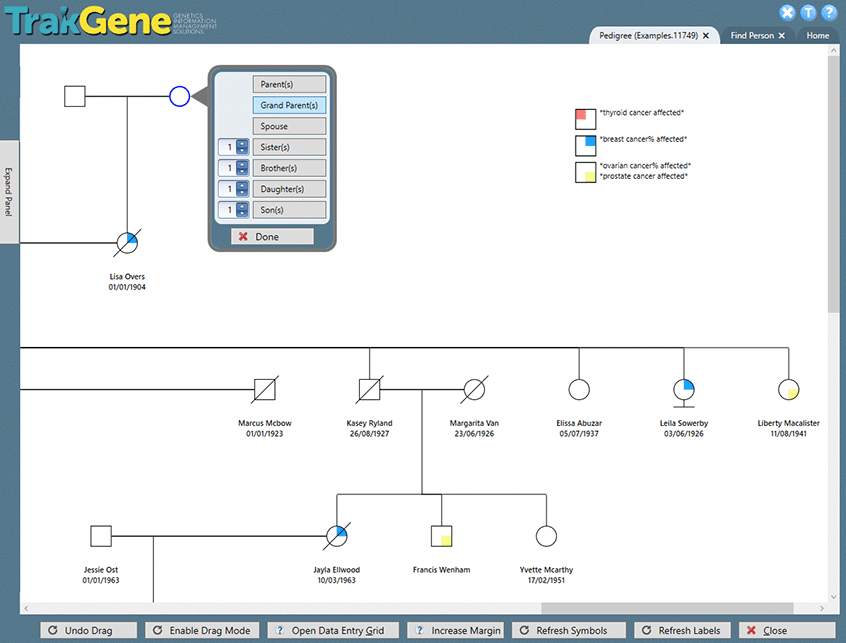
In a survey we carried out earlier in the year, we asked users of clinical genetics information systems how satisfied they were with their IT system. In this article we will share some of the results of this survey with you. We would also like to thank all those that took part in the survey to provide us with this valuable data.
The respondents included geneticists, data managers, genetic nurse counsellors, registrars and genetics researchers. They were using a range of different solutions, from commercially available off the shelf systems to home grown systems that had been developed by end users.
On average, user satisfaction with their genetics IT system was 60%; over a third of respondents were either dissatisfied or very dissatisfied with their genetics information systems. We also wanted to understand why users might or might not be satisfied with their current genetics system and so we looked at correlations between satisfaction and the type of system being used.
Commercial Genetics IT Systems purchased from software vendors provide highest user satisfaction.
The correlation analysis showed that the respondents role made little difference to their level of satisfaction, with the exception of data managers who had slightly higher levels of satisfaction. The correlation between the type of current system used and satisfaction provided a much better insight. The most satisfied users were those who had purchased a genetics information system from a software vendor, who were 70% satisfied on average.
Satisfaction with central Patient Administration Systems (PAS) was also slightly higher than the average; this was a surprising result in light of the fact that PAS systems do not include the specific features required by genetics users. We considered whether these results might have been due to responses from administrators using PAS systems, but in fact it was consultants and specialist registrars.
Paper records and in-house Access databases result in dissatisfaction.
Those with the least satisfaction in their genetics information system were those that were using paper records or in-house Access databases. This was an expected result because of the inefficiencies of paper based records and the lack of support and quality assurance with in-house Access databases. The average satisfaction of genetics services that relied on paper based systems and in-house Access databases was 40%, 20% lower than the overall average satisfaction.
Genetics Nurse counsellors had the lowest levels of satisfaction with in-house Access databases. This could be due to the lack of pedigree drawing features that would be an important feature of genetics nurse counsellors. The service administrators had the lowest satisfaction in paper records, which again is unsurprising due to the extra administrator burden of dealing with such records.
There were a number of respondents who primary used Excel as a genetics IT system to manage their patient records. Further investigation revealed that those using Excel were researchers, who likely needed a quick way to capture and record data about patients who had consented to be part of the research.
Conclusions.
It is perhaps not surprising that the most satisfied users of genetics IT systems are those that have purchased a solution from a commercial provided that has invested in the development of a specific solution. It was surprising that the level of satisfaction was only 10% above the average. This suggests that commercial providers are doing a better job a meeting the needs of genetics users but that there are still significant opportunities to improve.
Our survey also explored the most significant IT challenges faced by those in the genetics industry and the features that were most important to them in an IT genetics system. Our analysis of the results will show the reasons why satisfaction isn’t higher and how it can be improved. We will be finalising the analysis of this data over the coming weeks and look forward to publishing it here in due course.






